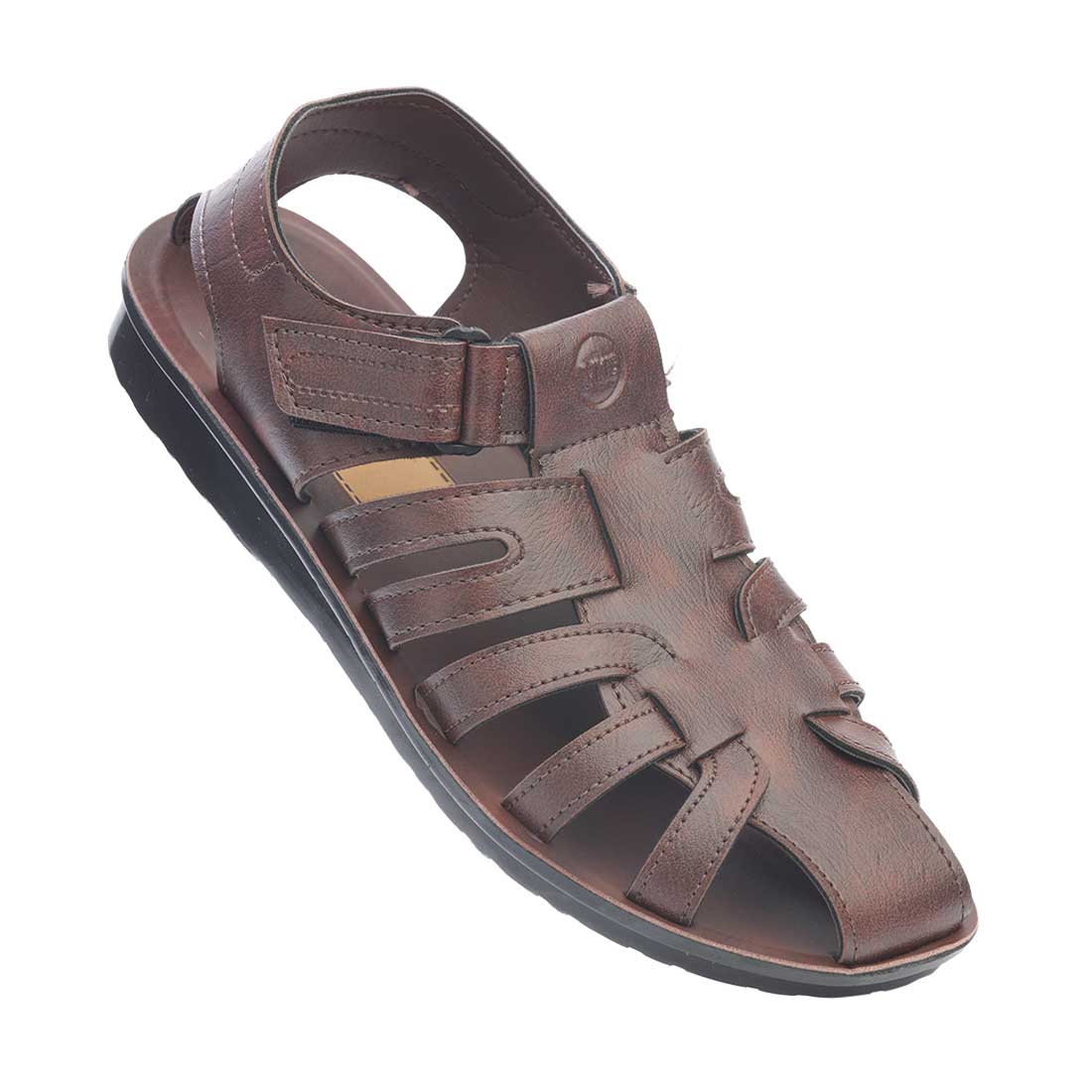N95 & KN95 Respirator Masks
It is common to interchange the word mask with respirator when talking about N95’s and KN95’s. Masks are different than respirators and have significant flaws in protecting the user against particles in the air. Masks can potentially use materials such as a cloth that do not prevent particles from passing through. Respirators like the N95 and KN95 are medically approved to protect the user and have undergone safety certification to ensure this.
The COVID-19 pandemic has become the new “normal” for all of us. One of the most noticeable changes from the pandemic is the need and/or requirement to wear a mask. Unfortunately, some face coverings are better at protecting us from COVID-19 than others, and frankly, cloth masks are just not strong enough! Medical professionals strongly recommend individuals use medical grade high filtration respirators such as the N95 and KN95 filtration respirators. The N95 respirator & KN95 respirator are similar in name and identical in their ability to protect us from the spread of COVID-19. Both respirator types have a high 95% percent filtration rate of 0.3-micron particles in the air and are medical grade. For reference, the COVID-19 virus has a particle size of 0.1 microns in size. Therefore, both respirators are very good at blocking any particles within the fibre, not allowing them to touch your skin or enter your mouth. Also, N95 and KN95 respirators are made for single or double usages or if contaminated.
What is an N95 & KN95 Respirator Mask?
The most significant difference between the N95 and KN95 respirators is their country of distinction or certification. N95 respirators have the USA standard making them approved for healthcare use with NIOSH and CDC approval. KN95 respirator masks have the China standard, which means they are not NIOSH approved.
China Distinction (KN95) vs.
USA Distinction (N95)
The distinction set by China requires the KN95 respirator mask to undergo and pass a fit test on individuals. It is not a requirement for the distinction established in the USA for the N95. The N95 respirator masks have slightly stricter requirements for both inhaling and exhaling in pressure drop situations. North American users can point out that the USA distinction for N95 respirators has a minimal advantage over the KN95 respirators when it comes to breathability standards. N95 is NIOSH-approved, which means the specific N95 product has been evaluated in a laboratory and does comply with the highest standards. The N95 is approved by the CDC (United States Centers for Disease Control and Prevention), while KN95 is not. The CDC has approved the use of KN95 respirators as a suitable alternative for an N95. In summary, both masks are medical-grade filtration masks with a 95% filtration rate. N95 respirators are NIOSH and CDC approved while KN95 is not.
What do N95 Masks look like?
The N95 respirators are made from non-woven polypropylene fibres that are flexible to block out more bacteria or particles. Essentially this material is extremely good at blocking particles from passing through the mask. N95 respirators are typically circular with a peak towards the nose to better cover and seal this area. Elastic strings wrap around the ears to seal the respirator onto your face. There are different variations of the N95 that can help find the right type of shapes that best fit your face.
Dealing with Counterfeit products...
Unfortunately illegitimate companies and manufacturers create N95 counterfeits. The counterfeits are especially dangerous as they are not safety tested or approved by NOISH and CDC. To make sure your mask is legit, check and make sure there is a NOISH label on your mask. This label should be spelled correctly otherwise it is a fake. In addition, there should be a TC approval number as well as a manufacturing lot number present on your mask. There should not be any other extra labels or information on your mask. Finally, N95 mask do not have ear loops, watch out for this mistake as well.






